Art & Exhibitions
DC’s Forgotten Tunnels to Host Art Project Featuring 650,000 Plastic Balls
An abandoned subterranean space gets a second life.
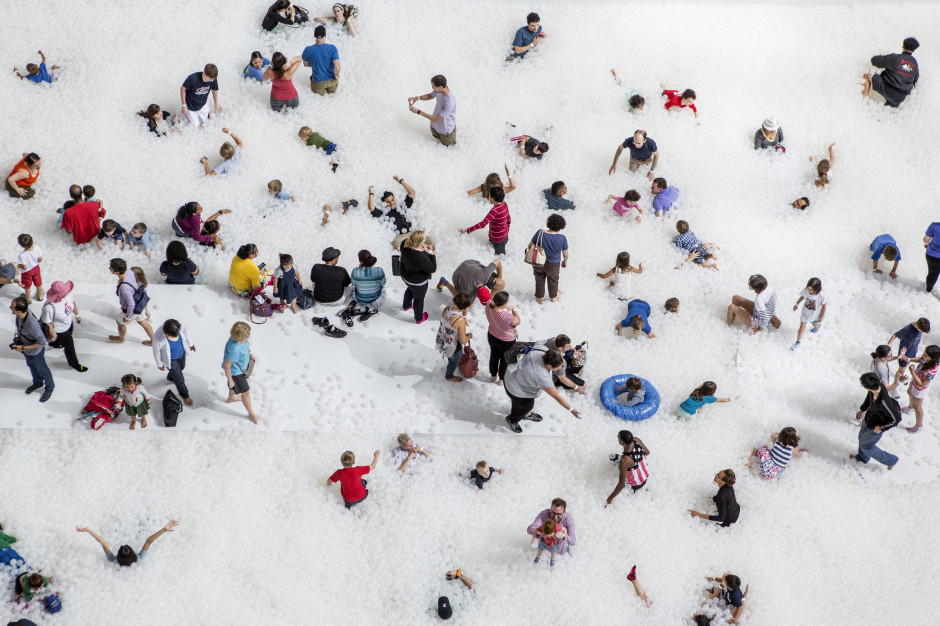
An abandoned subterranean space gets a second life.

Sarah Cascone

The next big art project in Washington, DC, might be easy to miss amid the hustle and bustle of Dupont Circle, but beneath the city streets, Dupont Underground is transforming a system of long-abandoned trolley tunnels into a space for art.
The 75,000-square-foot subterranean station was built in 1949, only to be sealed off in 1962, when the city pulled the plug on its streetcar system. According to USA Today, Dupont Underground founder and architect Julian Hunt became interested in the space years ago, but it wasn’t until late 2014 that the organization was able to sign a five-year lease with the city and begin to transform the forgotten tunnels into a cultural mecca.
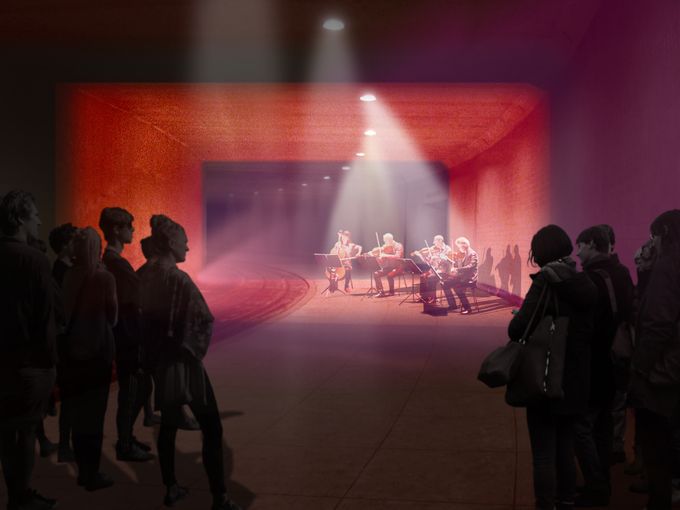
A rendering of a performance taking place at the Dupont Underground.
Photo: courtesy Dupont Underground/Hunt Laudi Studio.
“There’s nothing like it in the city,” Dupont Underground managing director Braulio Agnese told artnet News in a phone call. “There’s this gritty, urban, industrial feel that doesn’t really exist in DC.” He hopes the space will be able to host exhibitions and events that cannot be accommodated by the Smithsonian or the city convention center.
Dupont Underground will open in phases, the first of which, on the east platform, is slated to launch in late April with an installation based on Snarkitecture‘s massive, much-photographed ball pit, which appeared at the National Building Museum this summer.
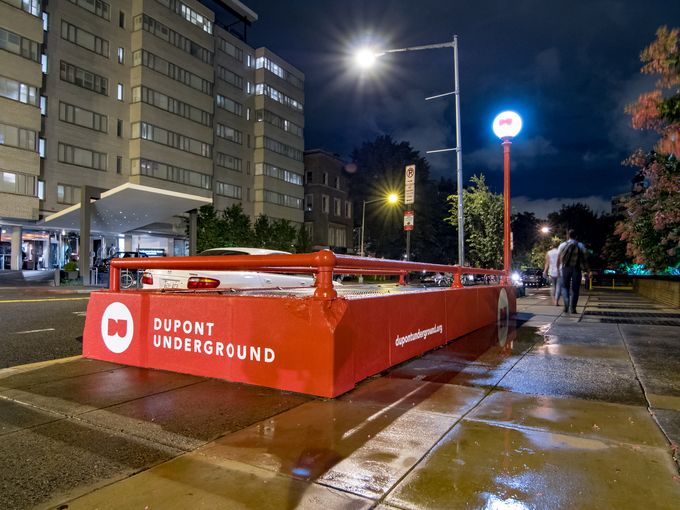
The entrance to Dupont Underground’s east platform.
Photo: David Wissman, courtesy Dupont Underground.
Over 650,000 plastic balls from Snarkitecture’s slightly controversial installation The Beach will be recycled for “Re-Ball!,” a site-specific installation held in partnership with the Phillips Collection and the National Building Museum. Dupont Underground is currently accepting entries through March 4 for a design competition that will determine the nature of the project.
“We’ve got a lot of balls, and we’ve got a lot of space, and I think there’s a chance for something magical to happen here,” said Agnese.
According to their website, the winning concept will be one that uses the medium in a new way, transforming both the materials and the space into a novel experience entirely different from that of the Snarkitecture installation.
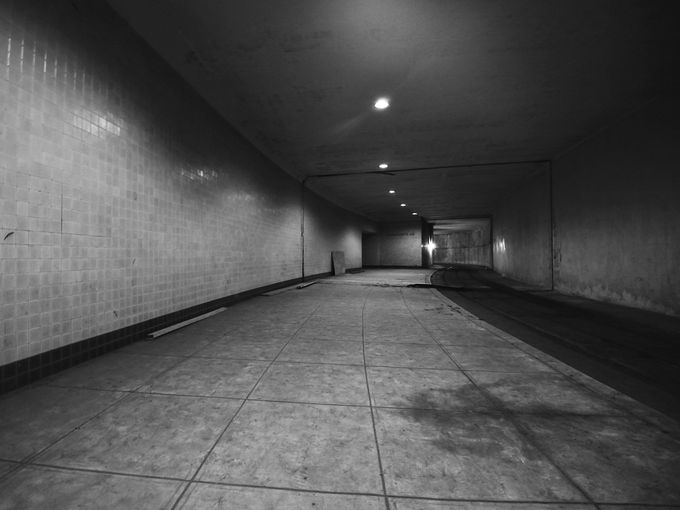
Part of Dupont Underground.
Photo: Pat Padua, courtesy Dupont Underground.
A similar project in New York, called the Lowline, that hopes to transform an old Lower East Side Trolley station into an underground oasis, will likely to take longer to come to fruition.
In October, the organization created a successful test site, the Lowline Lab, its plants fed via high-tech above-ground solar collectors hooked up to special panels installed on the ceiling. The MTA, however, has yet to approve the project or provide access to the space, and the Lowline currently has its sights set on a 2020 launch date.
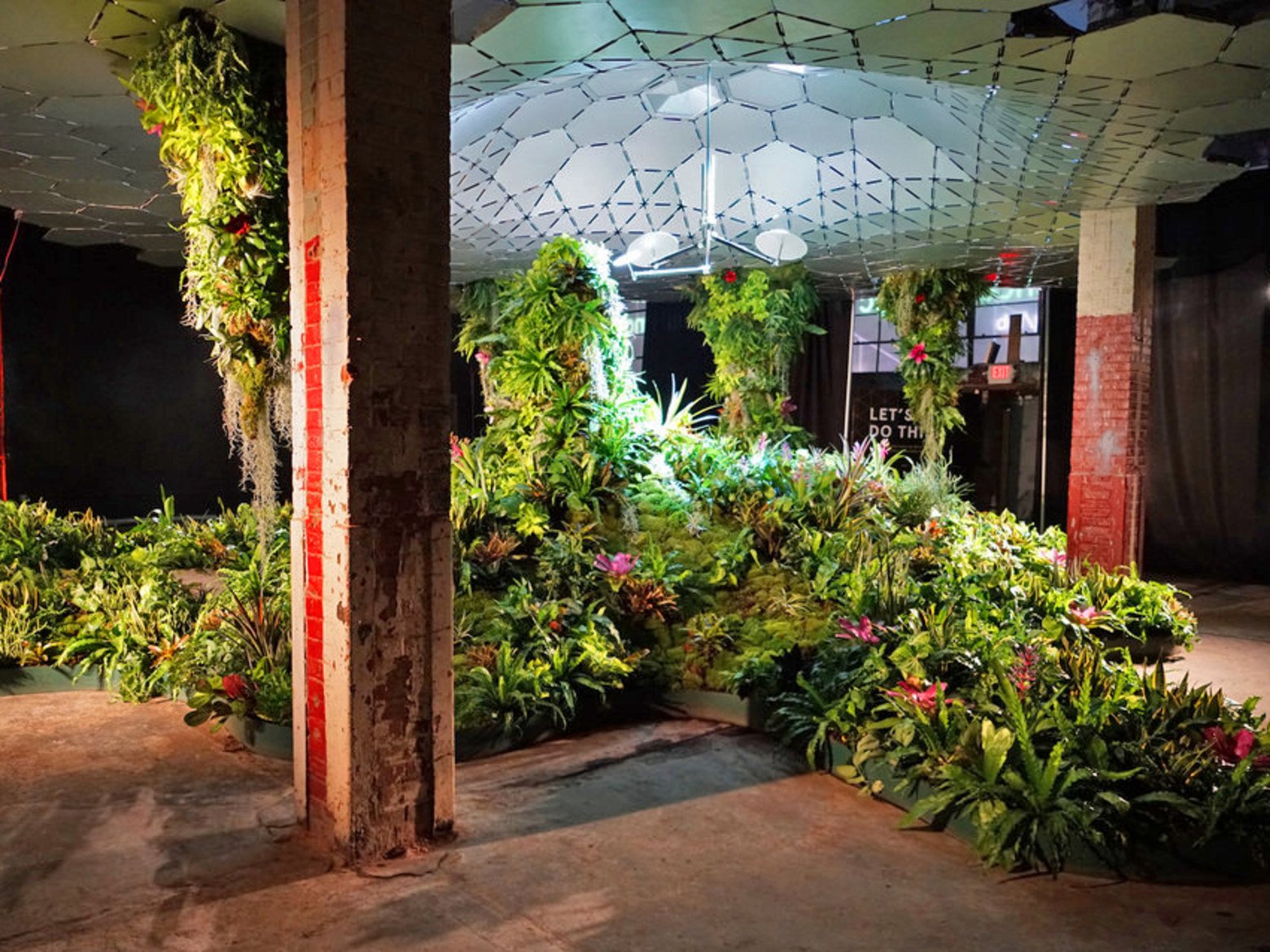
The Lowline Lab.
Photo: the Lowline Lab.
Agnese sees Dupont Underground and the Lowline as pioneers. “As cities redensify, there’s a need to find creative uses for spaces that used to be considered throw-away spaces,” he said.